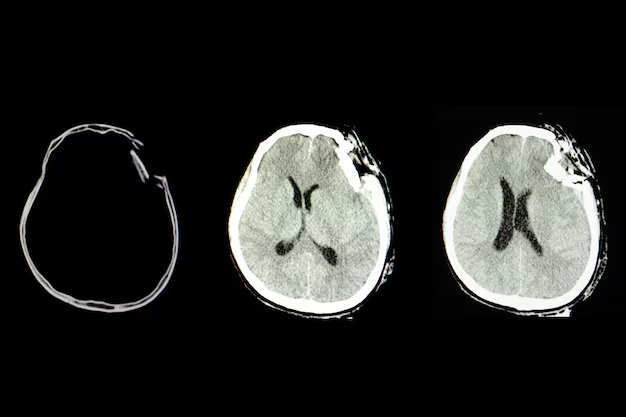Understanding the Brain Changes in Parkinson’s Disease
Parkinson’s Disease (PD) is a debilitating condition that shakes more than just the physical stability of those affected; it directly impacts the brain, the command center of our very being. The crux of Parkinson’s lies in the degeneration of nerve cells, predominantly affecting one specialized area: the substantia nigra. This small region of the midbrain is crucial for movement control, and its deterioration constitutes the hallmark of Parkinson’s.
Dive Into the Substantia Nigra
In a healthy brain, the substantia nigra is a darkly pigmented area rich in dopamine-producing neurons. Dopamine acts as a chemical messenger, crucial for transmitting signals that coordinate smooth and balanced muscle movements. In Parkinson’s disease, the neurons in the substantia nigra start to die off, reducing dopamine levels and leading to the characteristic motor symptoms: tremors, rigidity, and bradykinesia (slowness of movement).
The Domino Effect in the Brain
As the disease advances, the effects ripple across other brain regions. The basal ganglia, a group of nuclei, is significantly influenced. Its role in regulating voluntary motor movements deteriorates as its dopaminergic input dwindles. Moreover, the disease may affect non-motor functions, involving areas related to mood, sleep, and cognition, further complicating the patients’ lives.
Tackling Parkinson’s: More Than Medicine
Understanding the intricacies of Parkinson’s Disease provides a foundation to seek effective treatments and support. However, the battle is multi-faceted. Beyond medication and therapy, financial challenges can arise, as costs for care and treatments can be significant, impacting both patients and their families. Here’s where financial assistance becomes critical.
Navigating Financial Support & Resources
For individuals with Parkinson’s and their families, navigating the landscape of financial and educational resources can be empowering. Here’s how you can take steps towards relief:
Government Aid Programs: Programs such as Medicaid or Social Security Disability Insurance (SSDI) may provide essential financial support to those who qualify.
Debt Relief Options: For families struggling with mounting medical expenses, exploring debt relief can help manage financial pressures.
Credit Solutions: Consulting with non-profit credit counselors may present viable pathways to optimize financial stability.
Educational Grants and Scholarships: For younger patients or caregivers seeking further education, grants can alleviate financial burdens while furthering personal and professional growth.
Understanding and utilizing these resources can lighten the burden, enabling patients and families to focus on what truly matters: health and well-being.
Here's a streamlined look at essential resources for financial assistance and support:
- 💉 Medicaid: Offers healthcare coverage, often covering patient costs including prescription drugs.
- 🏥 Social Security Disability Insurance (SSDI): Provides financial aid to those with disabilities who meet specific criteria.
- 🤝 Non-Profit Credit Counseling: Assists in managing debts and developing budgeting plans.
- 📚 Educational Grants: Available resources for pursuing further education while managing Parkinson’s.
The complex journey of dealing with Parkinson’s Disease demands a network of medical, emotional, and financial support. By understanding the brain’s changes and leveraging available resources, those affected can chart a course toward a more stable and hopeful future.

Related Topics
- Are There Environmental Causes Of Parkinsons
- Can Alcohol Cause Parkinson's
- Can Concussions Cause Parkinson's
- Can Concussions Cause Parkinson's Disease
- Can Dogs Get Parkinson's Disease
- Can Dogs Get Parkinsons
- Can Dogs Have Parkinson's
- Can Dogs Have Parkinson's Disease
- Can Females Get Parkinson Disease
- Can Head Trauma Cause Parkinson's